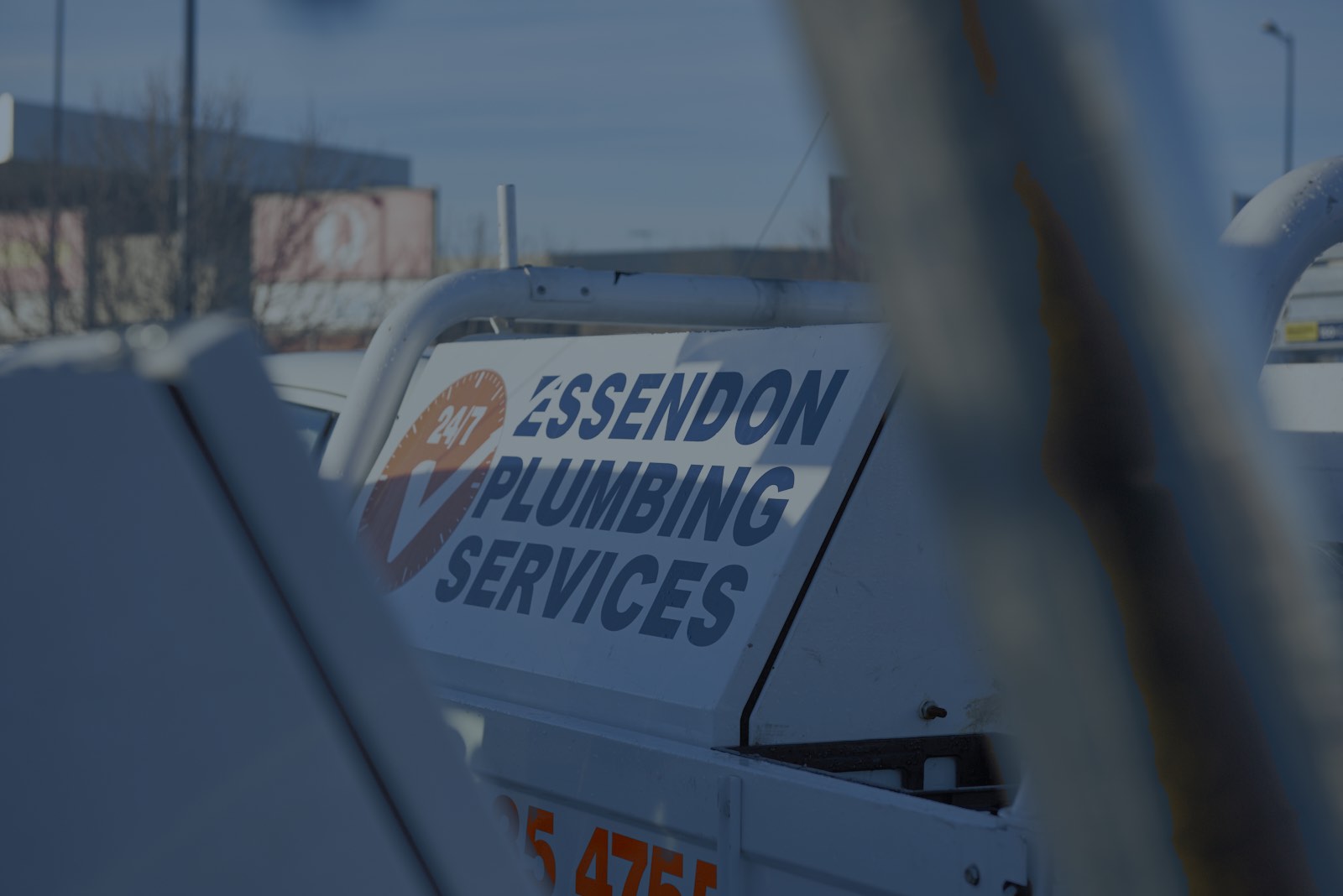Plumbing issues can strike at the most inconvenient times, causing panic and frustration for homeowners. While some minor plumbing problems can be resolved with a bit of DIY know-how, others can quickly spiral into costly disasters if not handled correctly. When it comes to minor plumbing issues around your home, a little DIY know-how can go a long way. Small leaks, clogs, or drips are common, and handling them on your own can save you time and money. However, it's essential to tread carefully.
In this blog, we'll share some valuable DIY plumbing tips while emphasising the importance of knowing when to pick up the wrench and when to pick up the phone instead. Calling the professionals for certain plumbing issues can prevent minor issues from turning into major disasters.
DIY plumbing tips for common plumbing problems
Unclogging a Slow Drain
One of the most common plumbing issues homeowners face is a slow-draining sink or bathtub. Clogged drains can often be cleared using a plunger or drain snake. Start by using a plunger to dislodge any clogs. If the plunger doesn't work, use a drain snake to reach deeper into the drain and remove debris. Finish by flushing the drain to ensure it flows freely.
Nine times out of ten this method will work, but if it doesn’t, it may indicate a more severe blockage deeper in the plumbing system. This signifies it’s time to call in the experts. Calling a professional plumber is advisable to prevent further damage as they have the necessary tools and experience to inspect and reach further into the plumbing system safely.
Fixing a Leaky Faucet
A dripping faucet not only wastes water but can also drive up your utility bills. The good news is it’s relatively simple to fix. The most common cause of leaky faucets is worn-out washers or O-rings; to replace them start by turning off the water supply to the faucet and removing the faucet handle using an adjustable wrench. Then inspect the components inside, such as washers or cartridges, for signs of damage or wear and replace any faulty parts and reassemble the faucet. While this fix is relatively simple and safe to do yourself if you feel uncomfortable disassembling and reassembling a faucet or the leak persists despite your efforts, contact a professional plumber.
Clearing a Running Toilet
A continuously running toilet is not just annoying; it can also waste a significant amount of water. The simplest fix for this is to replace the flapper or fill valve, as the leak is likely caused by the flapper failing to seal properly or a faulty fill valve. Start by removing the toilet tank lid and checking the components to identify the problem, whether it’s the flapper, fill valve or something else. These components are readily available at most hardware and plumbing stores and simple to replace by following the manufacturer's instructions.
However, if replacing the flapper or fill valve doesn't solve the issue or if you notice water pooling around the base, it could be a more complex problem with the toilet's internal mechanisms. In this case, professional intervention is necessary.
Patching a Minor Pipe Leak
Small pipe leaks can sometimes be temporarily patched with epoxy putty or pipe repair tape until a plumber can make permanent repairs. This Band-Aid fix is great for fixing a leak that presents out of hours or on weekends as it can save you a costly call out fee. However, it’s important to consult with a professional as soon as possible for more permanent pipe repairs.
Replacing a Showerhead
Upgrading your showerhead is an easy DIY task that can enhance your shower experience and save water. Use adjustable pliers or a wrench to remove the old showerhead and install the new one following the manufacturer's instructions. However, if you encounter difficulties removing the old showerhead or if you want to make changes to the shower's plumbing configuration, it's advisable to consult a professional plumber.
The Importance of Knowing When to Call a Pro
While DIY plumbing can save you money and empower you to handle minor issues, it's crucial to recognise your limits. Attempting complex plumbing tasks without the necessary expertise and tools can lead to extensive damage and costly repairs.
When in doubt, it's always a wise choice to consult a professional plumber. Professional plumbers have the experience, tools, and knowledge to tackle a wide range of plumbing issues efficiently. They can diagnose hidden problems, provide expert solutions, and ensure that your plumbing system operates at its best.


 The Benefits of Regular Plumbing Maintenance
The Benefits of Regular Plumbing Maintenance

